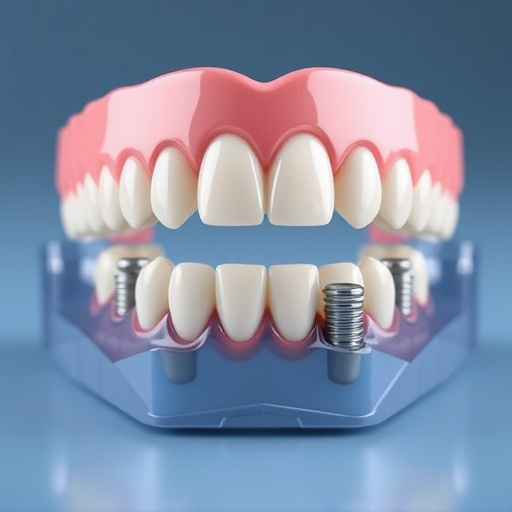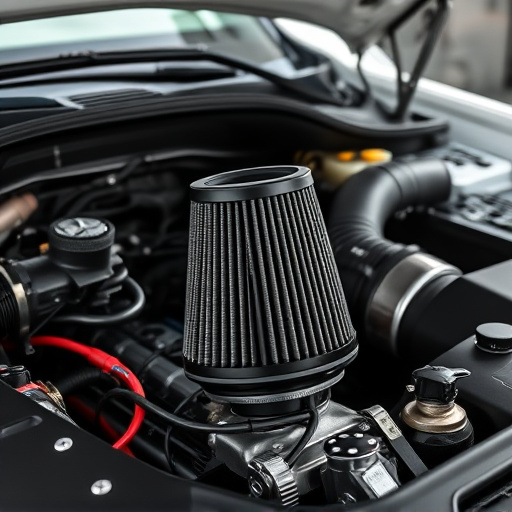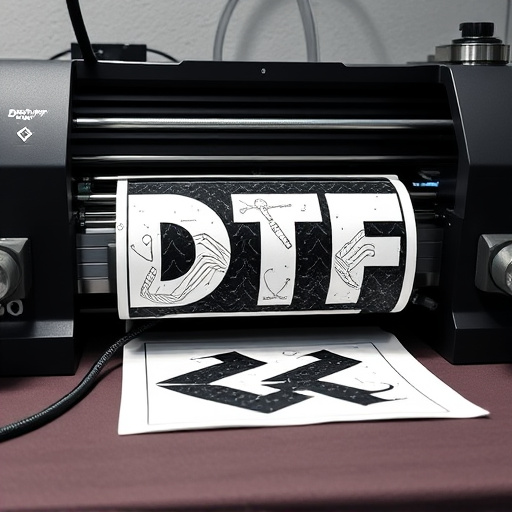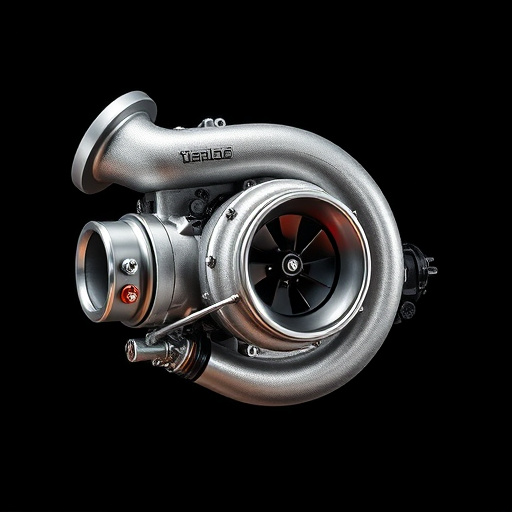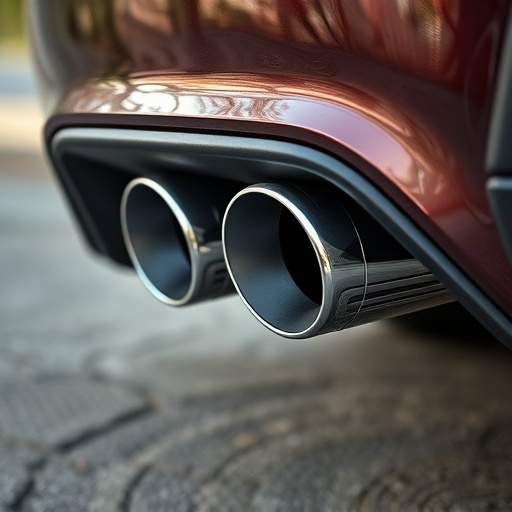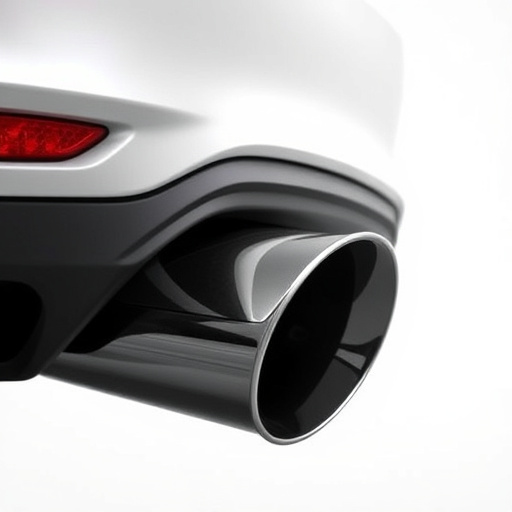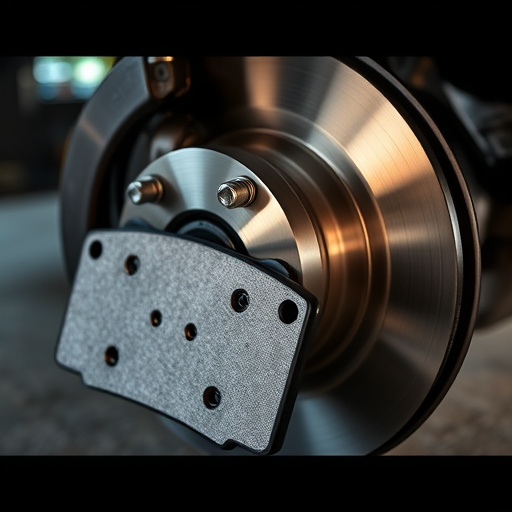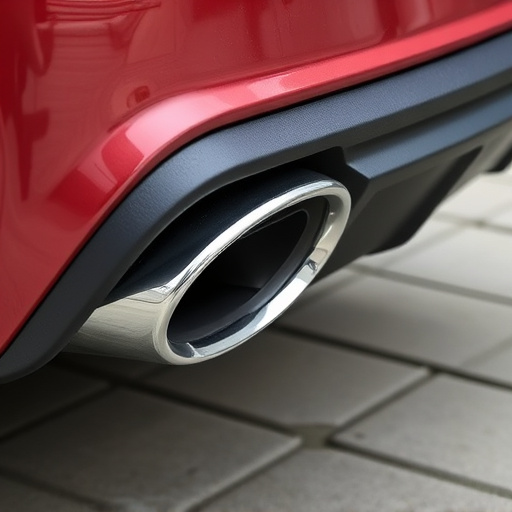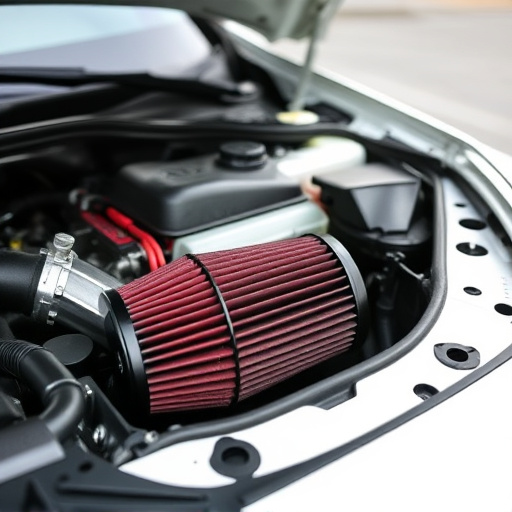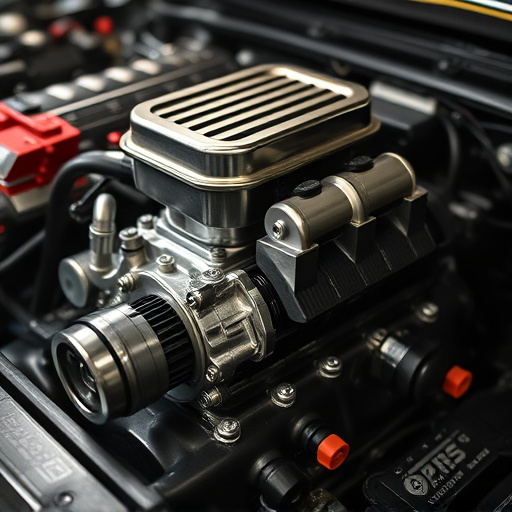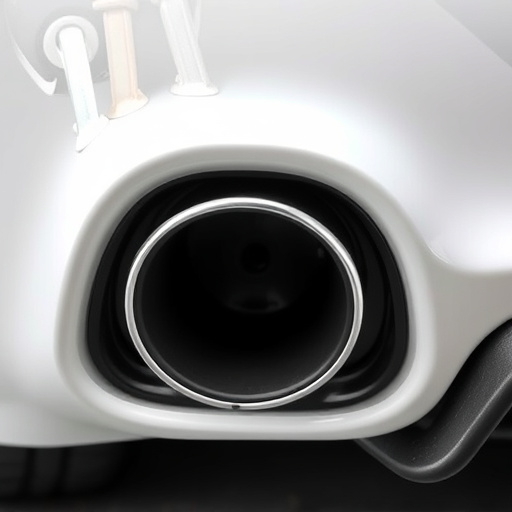The replacement interval of a Power Stop Brake Kit depends on driving habits, environmental conditions, and vehicle modifications. It typically lasts 30,000-40,000 miles but may need earlier replacement due to aggressive driving or harsh weather. Regular maintenance checks every 30-40,000 miles are recommended for safety and optimal performance. Use genuine Power Stop parts or trusted aftermarkets, consider upgrades like high-flow exhaust tips, and follow manufacturer guidelines for best results.
Looking to optimize your vehicle’s braking performance? Understanding the replacement interval for your Power Stop Brake Kit is crucial. This comprehensive guide delves into the functionality and wear patterns of these essential components, while exploring factors influencing recommended intervals. Learn best practices for timing and executing replacements, ensuring maximum safety and efficiency on the road. Discover expert insights tailored to keeping your Power Stop Brake Kit in top shape.
- Understanding Power Stop Brake Kit Functionality and Wear Patterns
- Factors Influencing Replacement Interval Recommendations
- Best Practices for Timing and Executing Power Stop Brake Kit Replacements
Understanding Power Stop Brake Kit Functionality and Wear Patterns
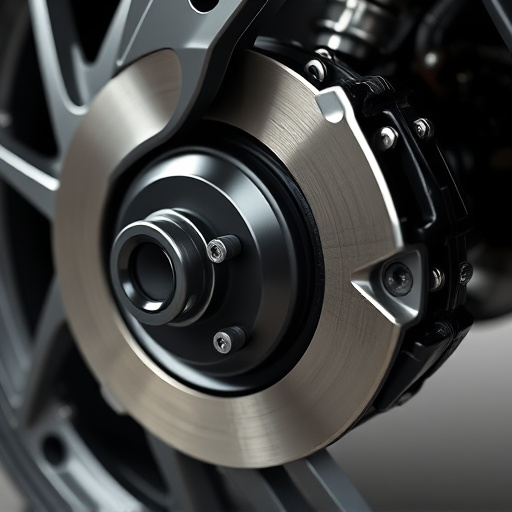
Understanding how a Power Stop Brake Kit functions is key to gauging its replacement interval. This kit comprises of high-quality brake rotors, calipers, and pads designed to enhance vehicle performance and provide superior stopping power. The brake pads are engineered to withstand intense heat and friction, gradually wearing down over time as they efficiently manage the vehicle’s braking demands.
Wear patterns can vary based on several factors, such as driving habits, road conditions, and the overall condition of your vehicle’s exhaust system (including cat back exhaust and exhaust mufflers). Typically, a Power Stop Brake Kit should last between 30,000 to 40,000 miles, but this range can be influenced by these variables. Regular maintenance checks can help monitor wear, ensuring optimal braking performance and safety for your vehicle.
Factors Influencing Replacement Interval Recommendations
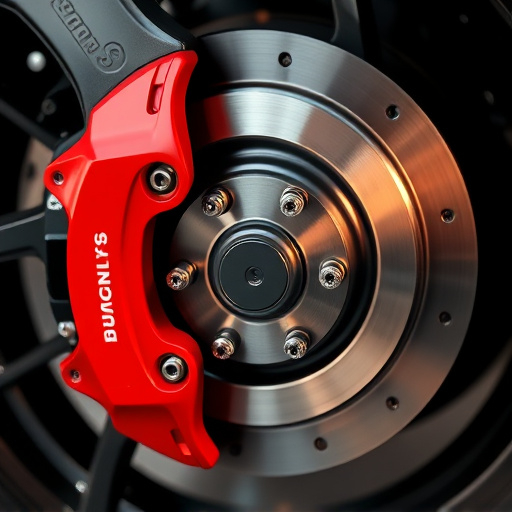
Several factors influence recommendations for replacing a power stop brake kit, ensuring optimal braking performance and safety. Firstly, driving habits play a significant role; frequent heavy braking or aggressive driving may require more frequent replacements compared to gentle, regular use. Additionally, environmental conditions can impact brake wear; regions with harsh weather changes, dust, or corrosive elements might necessitate earlier kit replacements.
Another critical aspect is the quality and type of high-performance parts installed alongside the power stop brake kit, such as cold air intakes or performance brakes. These upgrades can enhance braking capabilities but may also accelerate normal wear on brake components. As a result, vehicle owners with these modifications should anticipate more frequent service intervals to maintain peak brake functionality.
Best Practices for Timing and Executing Power Stop Brake Kit Replacements
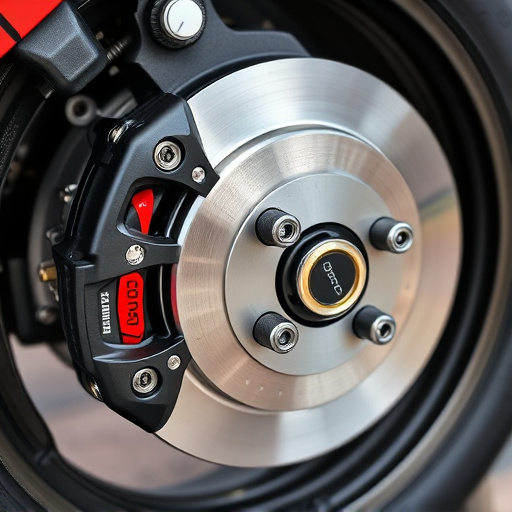
When it comes to replacing your Power Stop brake kit, timing is crucial. It’s recommended to inspect your brakes at regular intervals, ideally every 30,000 to 40,000 miles or once a year, whichever comes first. This proactive approach allows for early detection of wear and tear, ensuring you address issues before they escalate into safety hazards.
During the replacement process, prioritize quality over cost. Opt for genuine Power Stop parts or trusted aftermarket alternatives known for their durability and performance. Remember to consider complementary upgrades like high-flow exhaust tips, performance air filters, or a new muffler for optimal braking efficiency and overall vehicle performance. Always follow manufacturer guidelines and consult with a certified mechanic if you’re unsure about any aspect of the replacement process.
Regularly maintaining your vehicle’s power stop brake kits is essential for optimal braking performance and safety. By understanding the wear patterns and factors influencing replacement intervals, you can ensure that your brakes remain effective. Following best practices for timing and execution will help prevent unexpected failures and promote consistent driving experience. Remember, timely replacements of power stop brake kits are a key component in ensuring your vehicle’s overall safety on the road.
